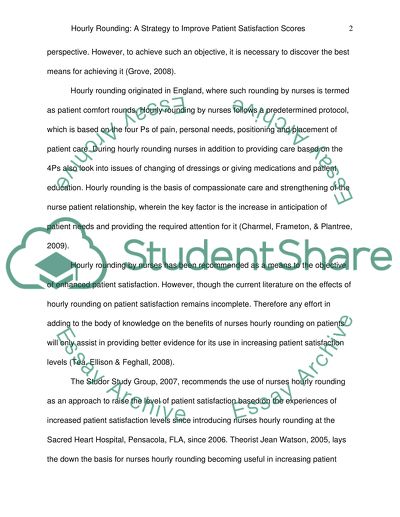Cite this document
(“Hourly Rounding: A strategy to improve patient satisfaction scores Research Paper”, n.d.)
Retrieved de https://studentshare.org/nursing/1392107-hourly-rounding-a-strategy-to-improve-patient-satisfaction-scores
Retrieved de https://studentshare.org/nursing/1392107-hourly-rounding-a-strategy-to-improve-patient-satisfaction-scores
(Hourly Rounding: A Strategy to Improve Patient Satisfaction Scores Research Paper)
https://studentshare.org/nursing/1392107-hourly-rounding-a-strategy-to-improve-patient-satisfaction-scores.
https://studentshare.org/nursing/1392107-hourly-rounding-a-strategy-to-improve-patient-satisfaction-scores.
“Hourly Rounding: A Strategy to Improve Patient Satisfaction Scores Research Paper”, n.d. https://studentshare.org/nursing/1392107-hourly-rounding-a-strategy-to-improve-patient-satisfaction-scores.


